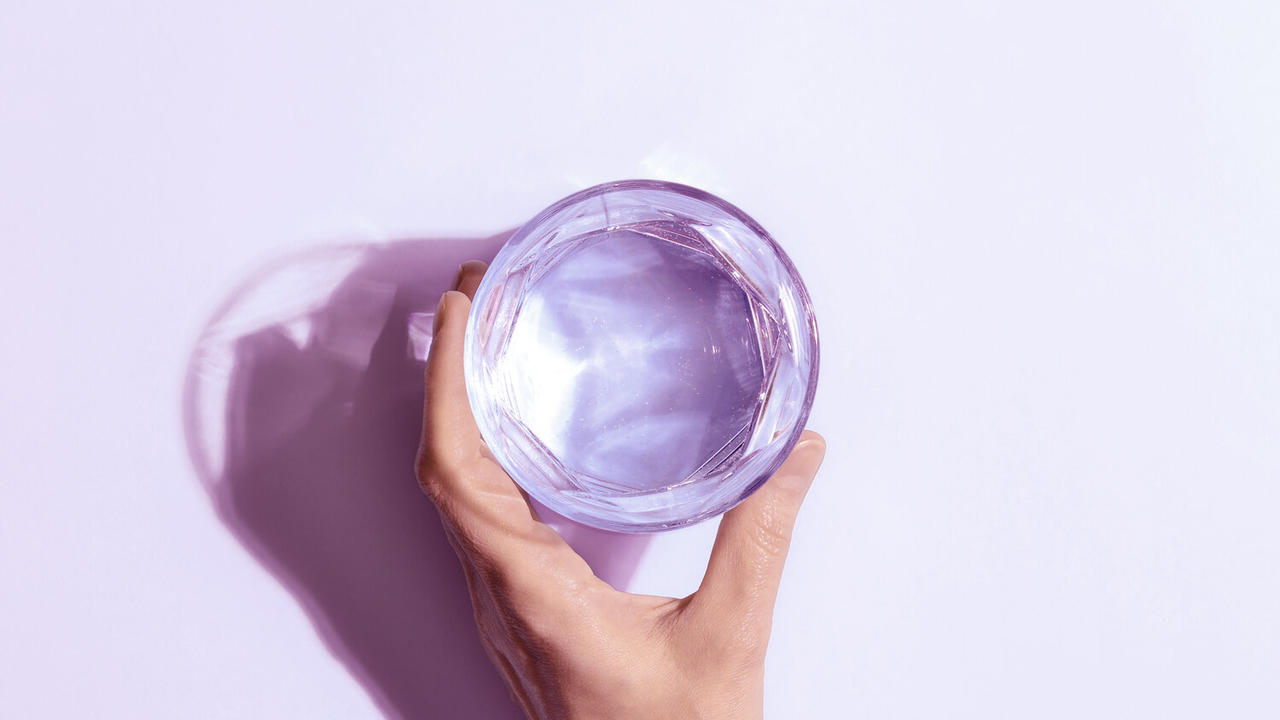HELLO, HYDRATION: BOTTLED OR TAP WATER?

SheFactor is all about getting to know yourself, right? Well, now it's time to get to know the water you're using to fuel your dreams and aspirations. We’ve all heard (hopefully) how essential hydration is for our health. After all, the human body is made up of 60% water. Water is credited with all kinds of health benefits: clearer skin, improved digestion, quicker muscle recovery, the regulation of body temperature, etc. But when you strive for those eight glasses per day, are you turning on the faucet or reaching for a bottle?
FROM THE FAUCET
Whether it’s the Flint, Michigan water crisis, the Erin Brockovich story, or the movie Dark Waters with #MCM Mark Ruffalo that’s got you scared, those fears are very much valid. Municipal water can be contaminated along its journey to your faucet. However, today’s tap water safety is carefully monitored by the EPA, under the Safe Drinking Water Act (SDWA). This act sets strict standards on the levels of natural contaminants that can be present in your tap water (it’s very low), and how quickly water companies must inform the public of any issues.
To be extra safe about your drinking water, it’s a great idea to invest in a water filter for your home. Most water filters will flush out any final impurities that may have arisen along the water’s flow to your home. If there’s a reason for concern about your tap water (discoloration, sediment or odor), request a copy of the Annual Water Quality Report from your local water company. Most tap water in the United States is safe to drink, and you can check the current status of your local supply online.
Of course, with anything we consume, there’s the element of taste to consider. Some people swear they can tell the difference between different water varieties. Can you?! Indeed, water can taste differently depending on its source, which may influence its mineral levels and chlorination. If you aren’t a fan of the taste of your tap water, first try filtering it, or add some slices of lemon or cucumber to your glass.
BOTTLE IT UP
The bottled water industry is booming, with the addition of sparkling and flavored varieties now adorning shelves. Competition is fierce, and bottled water companies are trying to get an edge by adding vitamins and electrolytes to their products. However, these trendy bottles have high costs--for your bank account and the environment.
Bottled water has a high environmental impact: from packaging to distribution costs. Also, single-use plastic water bottles are a huge source of waste in our modern world. So why do people reach for it? Well, there’s the convenience factor of taking water on the go. Instead, invest in a fun reusable water bottle that you can take with you and refill from the tap (how about reaching for that SheFactor water bottle?!).
Also, people feel a sense of security with bottled water. They see that seal on the cap and feel reassured that the water in that bottle is safe. Unfortunately, that’s not necessarily the case. While there are standards in place for bottled water sanitation and handling processes, bottled water has a shelf life. Over time, chemical compounds in the plastic can leech into that water inside.
Want to know a secret? A lot of bottled water is just filtered tap water, something you can easily do at home. Yes, there are some waters that come from springs or underground sources. But be cautious, if it’s that natural spring water you’re after, the real deal will have an FDA-approved label that includes one of these phrases: artesian well water, mineral water, spring water, or well water. Anything else is just good marketing.
WHICH WATER DO YOU CHOOSE?
Maybe you grew up drinking from the garden hose. Or, maybe you’re part of a household that swears by its water filter. Not all water is created equal, but it’s pretty close. Help your body do what it does best by hydrating with filtered tap water--it’s better for you, your wallet, and the planet.
